
In the fast-paced digital world, it’s hard to imagine any business without an online presence. But being online isn’t enough – businesses need to be found. This is where SEO, or Search Engine Optimization, comes into play. You might have heard the term thrown around, but what does it actually mean? How does SEO work, and how has it changed over time? Let me take you through an in-depth, visually supported journey into SEO, backed by my years of experience in digital marketing.
The Beginnings of SEO
Let’s go back to the early days of the internet. In the 1990s, search engines were just emerging, and people were figuring out how to make websites show up when users searched. Back then, it was a simple process – websites stuffed as many keywords as possible into their pages, hoping that search engines would notice. It was the “wild west” of the web, where the quantity of keywords mattered more than quality.
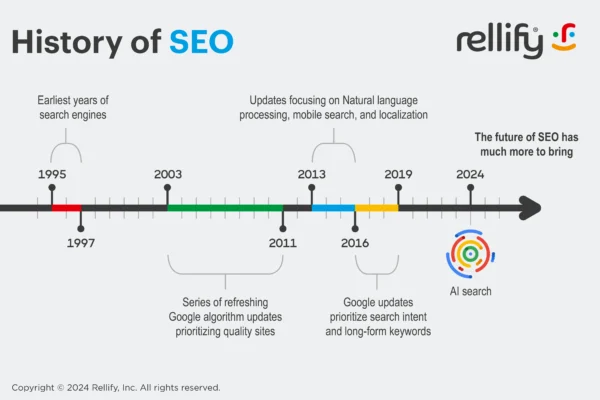
Check the History of SEO here
The Evolution of SEO
As search engines like Google became more sophisticated, they started prioritizing the quality of content rather than just keywords. The focus shifted from keyword stuffing to user-friendly, informative content, giving rise to modern SEO.
Milestones in SEO:
Keyword Era: In the early days, ranking was easy with keyword density. The more times you mentioned a keyword, the better your rank.
Quality Content Era: Google’s algorithm updates began emphasizing content quality. Websites needed to provide real value, not just repetitive keywords.
User Experience Era: Google began considering the user experience (UX). Websites had to be mobile-friendly, easy to navigate, and fast-loading.
Modern SEO: Now, SEO is all about understanding user intent. Google’s AI-powered algorithms analyze the context and meaning of searches to provide the most accurate results.
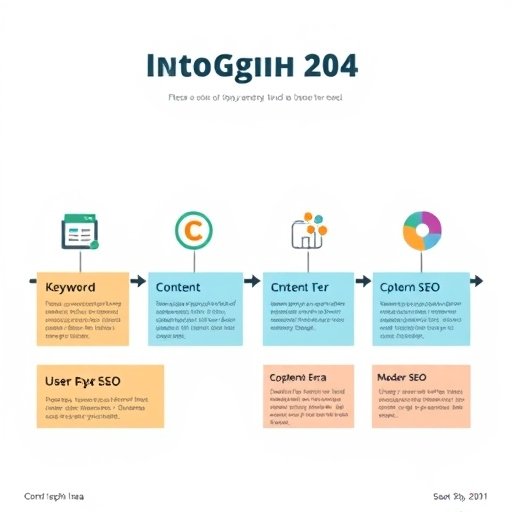
Core Elements of SEO Today
To achieve strong SEO, websites must focus on several crucial elements:
Keywords and Key Phrases Keywords are no longer about density but relevance. Knowing how to research and use terms like “SEO for online businesses,” “get leads,” or “make money online” signals to search engines what your content is about.
Content Quality Google’s algorithms prioritize informative, engaging, and relevant content. Blog posts, guides, videos, and infographics that add value to the reader’s journey perform well.
Backlinks When reputable sites link to your content, search engines see it as a vote of confidence in your site’s credibility and authority.
User Experience (UX) Websites must be mobile-friendly, load quickly, and have easy-to-navigate layouts. Good UX signals to search engines that your site is user-friendly and worth a higher rank.
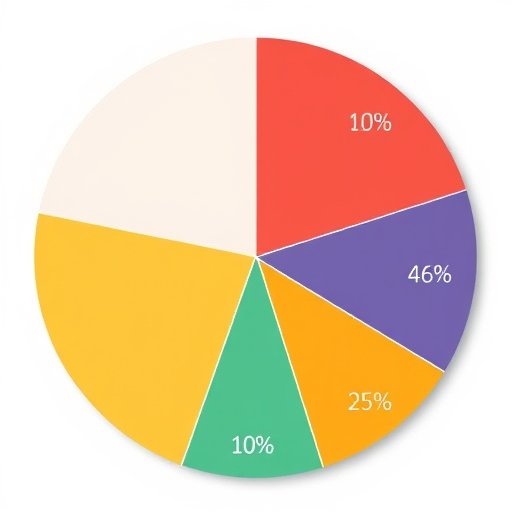
A Quick SEO Checklist
Ready to start? Here’s a practical checklist to optimize your website’s SEO:
- Research Keywords: Use tools like Google Keyword Planner or Ahrefs to find relevant keywords.
- Optimize Meta Tags: Include your primary keyword in the title tag and meta description.
- Create Valuable Content: Write with purpose. Offer insights, solutions, and real value.
- Build Quality Backlinks: Connect with industry leaders and get mentions on credible websites.
- Check Page Speed: Ensure your site loads quickly using tools like Google PageSpeed Insights.
Wait befor we continue do you know how to get free leads? chech this article here
Let’s continue
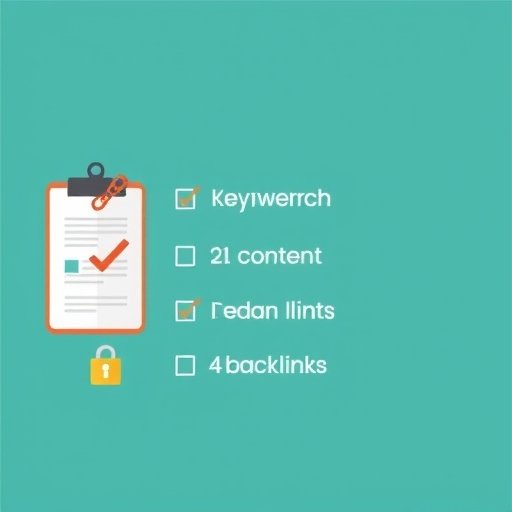
The Role of Visuals in SEO
Visuals like images, videos, and infographics enhance user engagement. Search engines favor content that keeps users on a page longer, and high-quality visuals can do just that. Here are some tips to optimize visuals for SEO:
- Use Alt Tags: Add descriptive text to images to improve accessibility and searchability.
- Optimize File Size: Compress images to prevent slow load times.
- Choose High-Quality Graphics: Eye-catching images enhance user experience, encouraging readers to stay on your page.
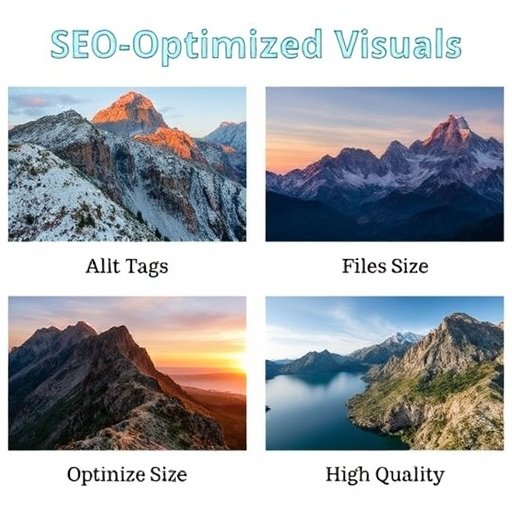
Why SEO is Your Secret Weapon
SEO may seem complex, but it’s an essential tool for growing your online presence. Think of it as a strategy to help search engines understand, prioritize, and trust your site. As search engines evolve, so must our approach to SEO. When done right, SEO brings your business visibility, authority, and, most importantly, leads.
Remember, SEO is an investment – with the right strategies, you’ll see your website rise in search results, gain visibility, and ultimately attract your target audience.



